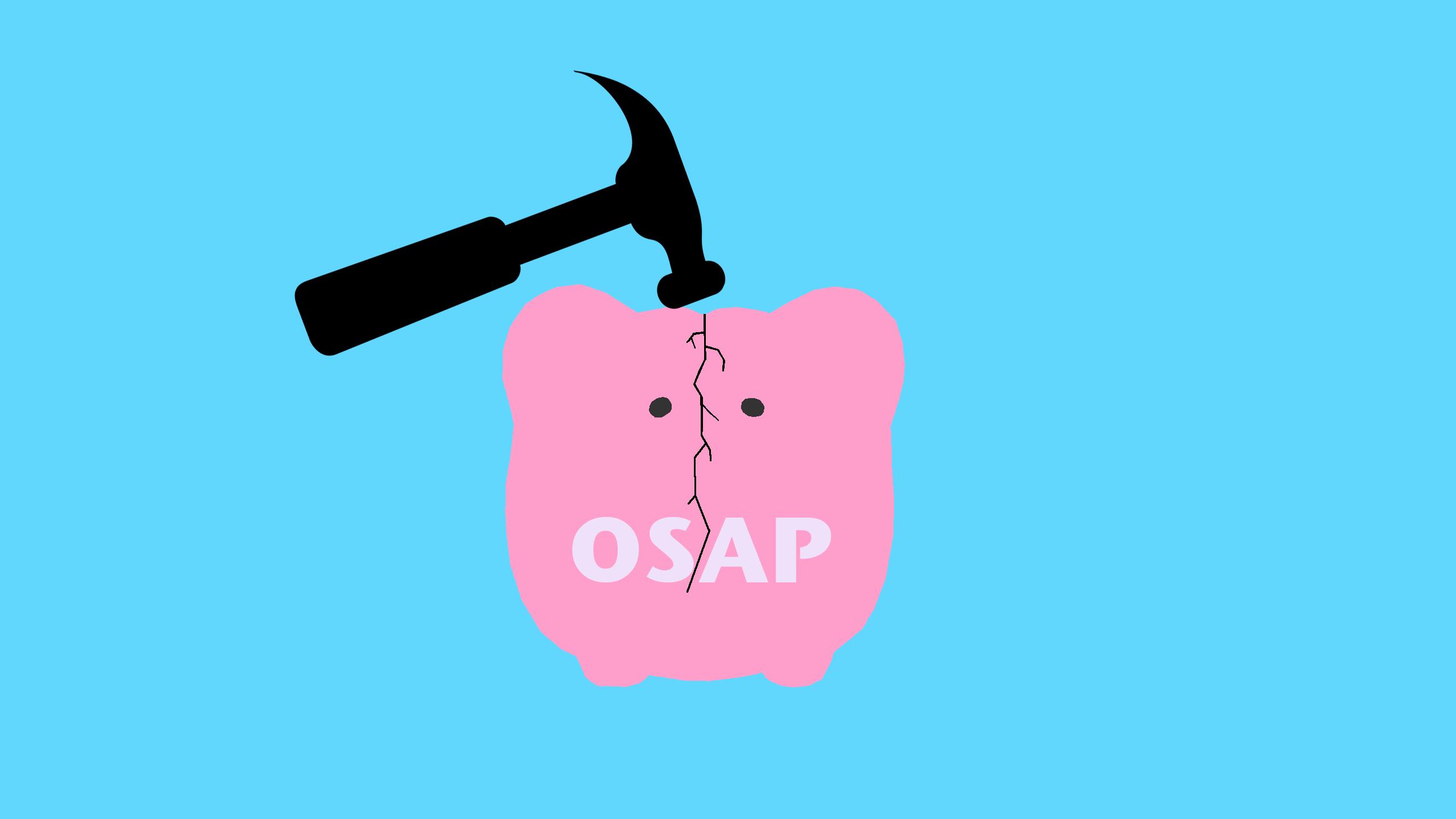By Kiernan Green
Ryerson University students are concerned about rushing to find a job after they leave school, now that the Ontario Student Assistance Program (OSAP) will begin charging interest to students’ debts immediately following their graduation.
“It takes a lot of time for us to find a job after graduating,” said Amirali Rokn, a third-year mechanical engineering student. Despite his intention to graduate with a science, technology, engineering and mathematics (STEM) degree, Rokn said he isn’t optimistic he’ll be able to quickly find work and pay back his provincial debt plus interest.
Beatrice Nwankwo echoed Rokn’s feelings. The second-year child and youth care student said the change is “not fair.”
“We’re already struggling as students” regarding finances, she said.
Nwankwo said she and others are considering taking out bank loans which she will be allowed to repay in increments as soon as she is capable.
Students will still have a six month “grace period” to hold off on repaying OSAP following graduation, according to Stephanie Rea, director of communications for the Ontario minister of training, colleges and universities, Merrilee Fullerton.
According to a press release from Fullerton, the goal of the the change is to make provincial interest grow at an identical rate to the interest on federal debts following graduation. The federal interest rate is 1.75 per cent. Students previously paid a monthly interest rate of 1.25 per cent
Krishant Subramaniam, a fourth-year electrical engineering student, said he will begin searching for a job before he’s finished school, as opposed to during the grace period, to pay off the immediate interest.
He said he, “won’t have enough time to actually apply for jobs.”
“It’s much harder,” he said. “There’s no other option.”
Subramaniam said he imagines the impact will affect students’ mental and physical health as well.
Other changes to OSAP mean that students with a family income less than 50,000 dollars will have loans make up a minimum of 10 per cent of their assistance. Low-income students were previously able to receive their entire assistance in the form of grants.
Damian Rostoski, president of Ryerson campus conservatives and a fourth-year history student, said the immediate growth of interest on provincial loans will help the province break even on its debt. He also said the government is supporting low-income students by providing more grant money than was offered under the former Liberal government’s framework.
The new framework will give 82 per cent of grants to students who have a family income less than $50,000, as opposed to the previous framework which gave 76 per cent of grants to low-income students.
Daniel Lis, a fifth-year politics and governance student called the government “paternalistic” in its efforts to “simplify” OSAP by bringing its interest rate in line with the federal standard.
Lis helped organize communications for a recent march against the OSAP changes.
Although he always thought he would work after graduation to save for his master’s degree, Lis said he now figures he will have to spend more time working for the sake of paying off OSAP’s interest—a decision he said he isn’t comfortable with.
“Students are almost always in the lowest tax bracket, and yet we’re being treated like this,” said Lis. “I think this is absolutely ridiculous. Students, once again, are getting the short end of the stick.”










Leave a Reply